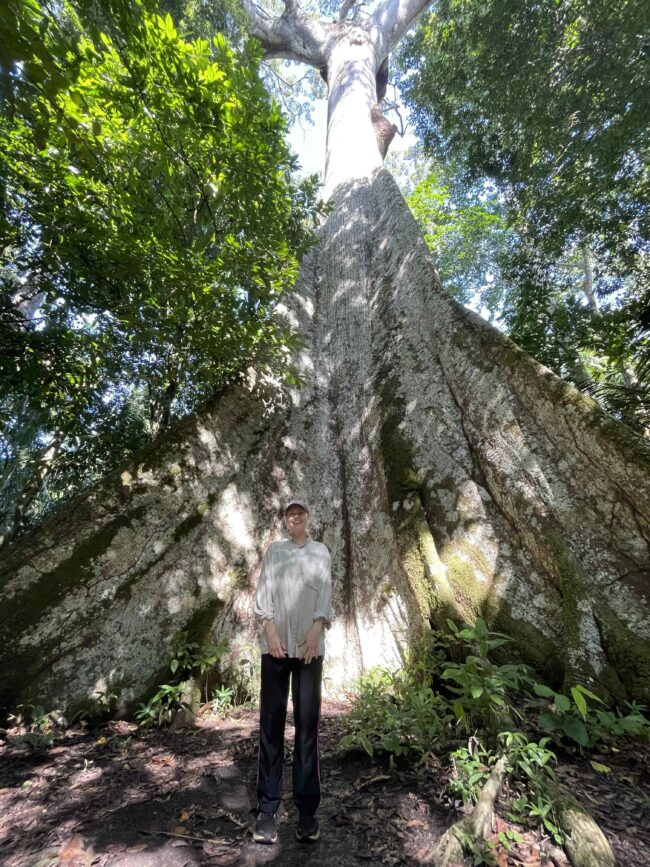research3
-

Burned Amazon Forests Stay Hot and Stressed for Decades, Finds New NASA-Supported Study
Research indicates that fire alters tropical forests’ ability to tolerate climate stress and store carbon—a crucial role in global climate mitigation.
-

African Societies Survived Climate Shifts for Millennia by Diversifying How They Lived
New research sheds light on how communities adapted to past climate change, offering lessons for current and future challenges.
-

All of the Biggest U.S. Cities Are Sinking
From the coasts to the interior, urban areas are sinking. The main culprit: pumping of groundwater.
-

Nanoplastics Are All Around (and Inside) Us
How are humans exposed to these tiny and ubiquitous plastics? And is there anything we can do about it?
-

Science for the Planet: Tackling the Invisible Threat of Nanoplastics
Beizhan Yan, an environmental geochemist at the Lamont-Doherty Earth Observatory, has come up with new methods to detect and analyze tiny plastic particles to better understand their impact on human and environmental health.
-

Columbia Climate School’s Seed Grants Advance Interdisciplinary Research
Seven teams will pursue innovative and collaborative research to address urgent climate challenges around the world.
-

Science for the Planet: Creating Climate Solutions with Urban Communities
Climate School professor Sheila Foster works with frontline communities on climate adaptation strategies.
-

Mangroves, Tigers and Shopping
The last part of our trip was a whirlwind of seeing multiple sites in the Sundarbans mangrove forest and its wildlife, more interviews with villagers, historic and cultural sites and shopping, followed by tearful goodbyes.
-

Science for the Planet: In Madagascar, Learning From a Library of Human Experience
Archaeologist Kristina Douglass explains how past human adaptation can inform solutions to modern climate challenges.

AGU25, the premier Earth and space science conference, takes place December 15-19, 2025 in New Orleans, Louisiana. This year’s theme—Where Science Connects Us—puts in focus how science depends on connection, from the lab to the field to the ballot box. Once again, Lamont-Doherty Earth Observatory and Columbia Climate School scientists, experts, students, and educators are playing an active role, sharing our research and helping shape the future of our planet. #AGU25 Learn More
